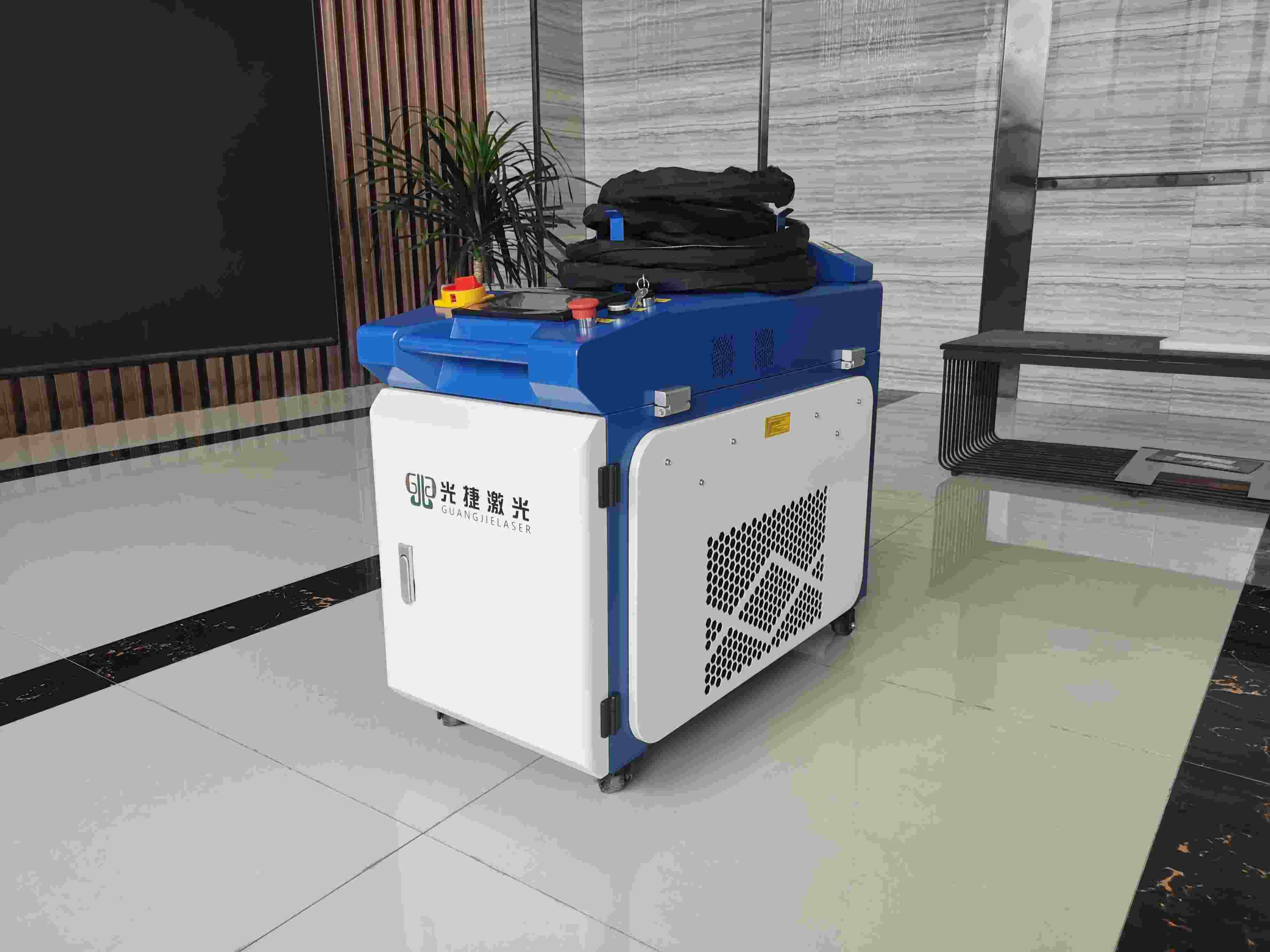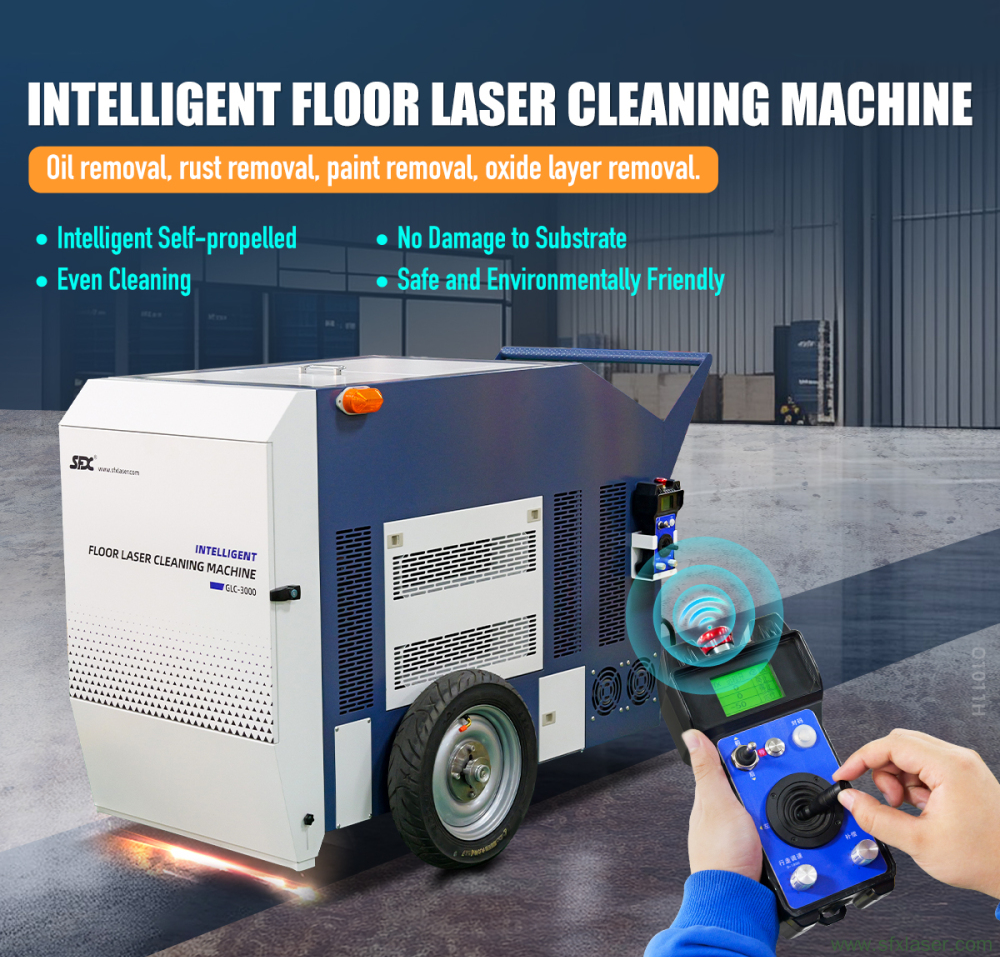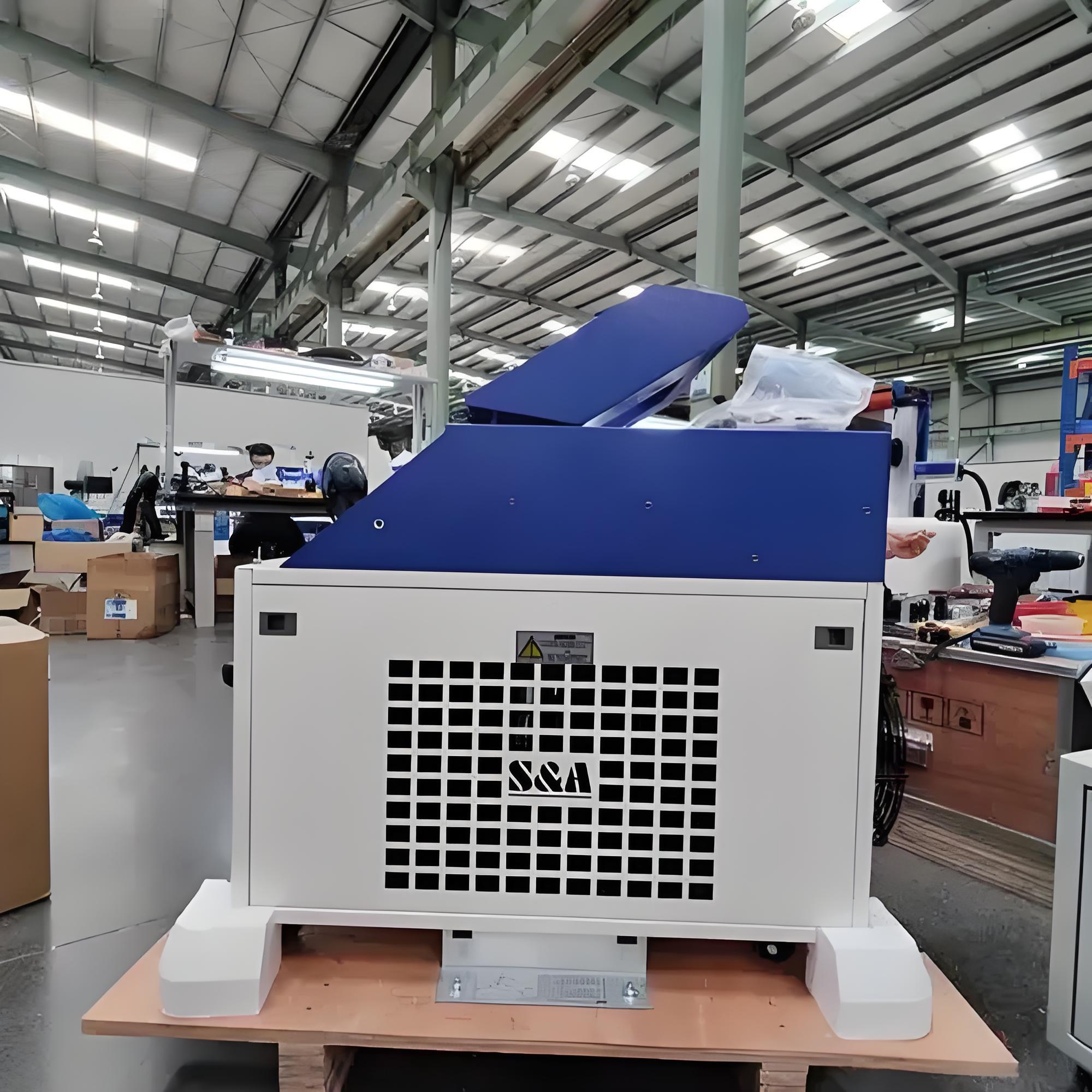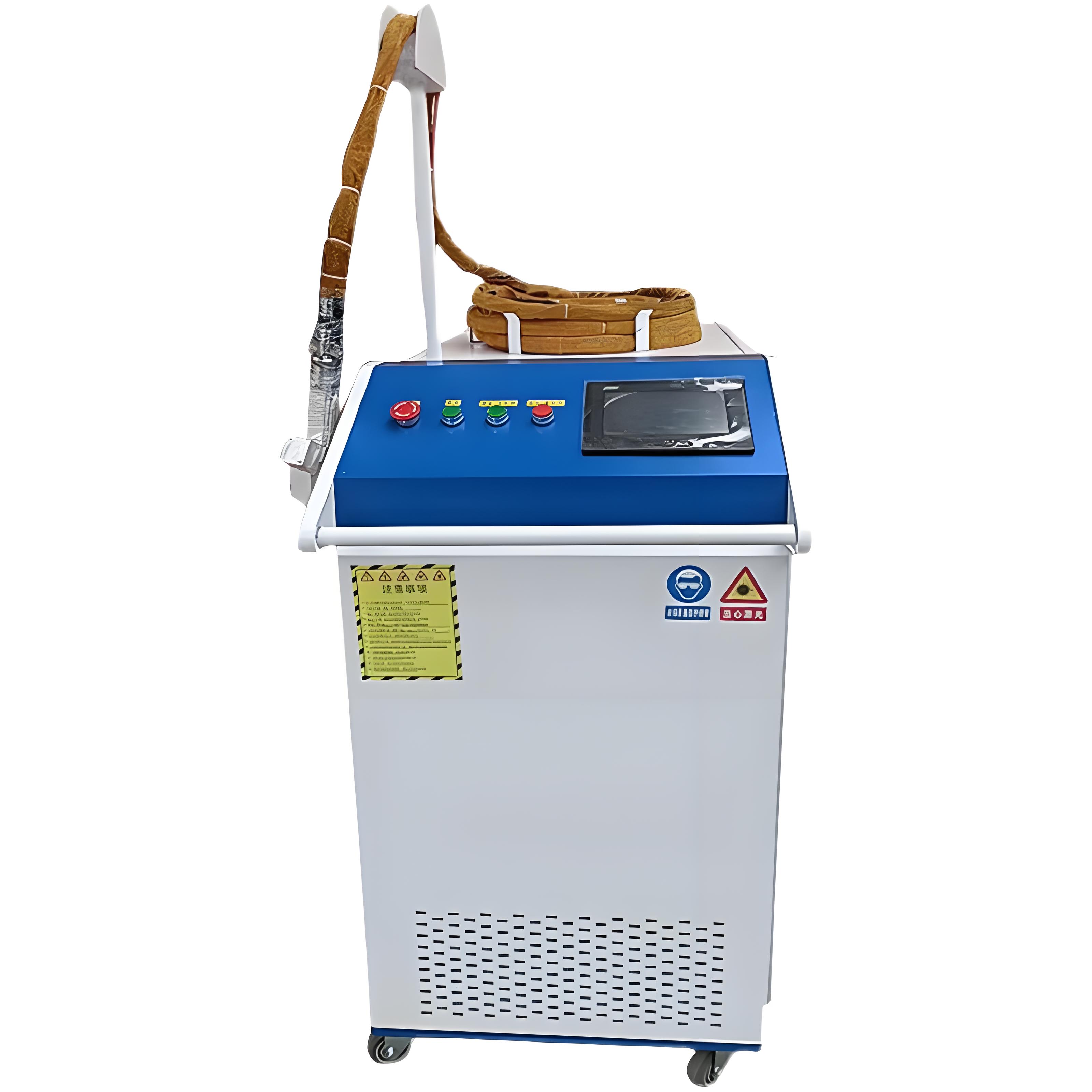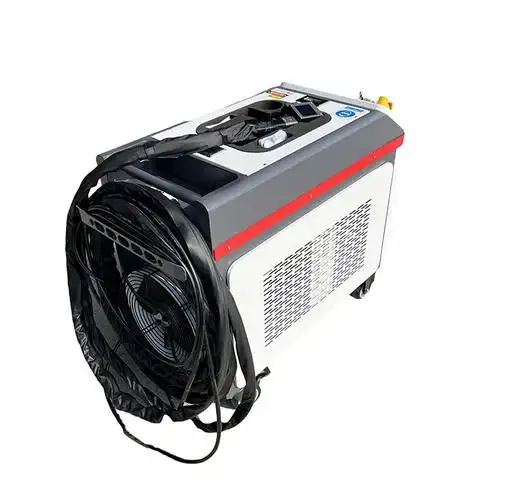As someone who’s been in the industrial equipment sector for over a decade, I’ve seen technologies come and go, but few have impressed me as much as laser rust removal machines. These devices have revolutionized how we tackle corrosion, offering a clean, efficient, and eco-friendly alternative to traditional methods like sandblasting or chemical treatments. If you’re here, you’re likely wondering about the maximum power of these machines and what that means for their performance. I’ve spent years working with laser systems, from small workshops to large-scale industrial setups, so let me break it down for you in a way that’s clear, practical, and grounded in real-world experience.
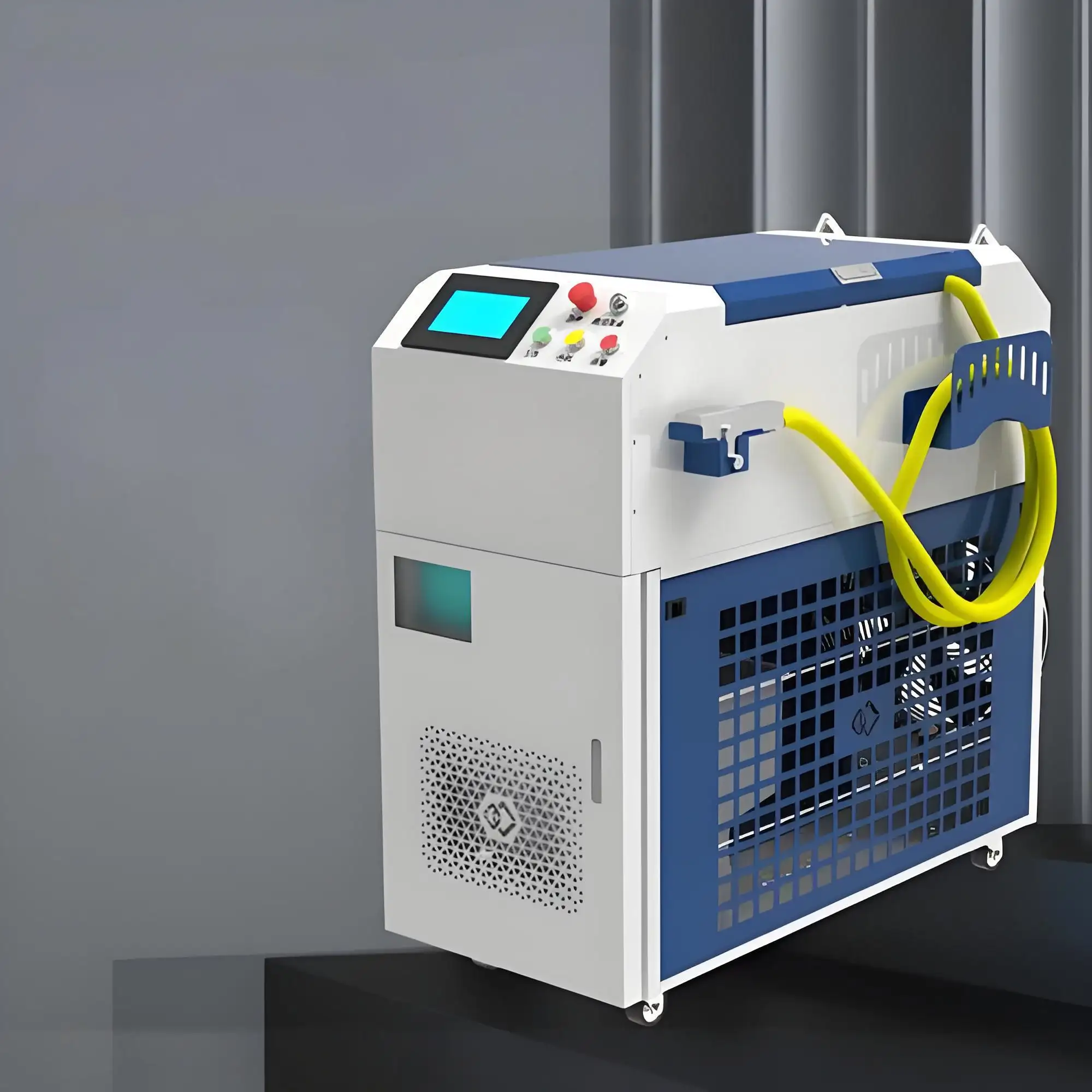
Understanding Laser Rust Removal: The Basics
Before diving into power specifics, let’s get a sense of what laser rust removal is all about. These machines use high-energy laser beams to vaporize rust, paint, or other contaminants from metal surfaces through a process called laser ablation. The laser’s energy breaks the bond between the rust and the metal without damaging the underlying material. It’s a non-contact method, which means no grinding, no chemicals, and no mess—just a pristine surface ready for painting or further processing.
The power of a laser rust removal machine, measured in watts (W), determines its cleaning speed, efficiency, and suitability for different tasks. Higher wattage generally means faster cleaning and the ability to handle tougher rust or larger surfaces. But power isn’t the whole story—there’s a balance between wattage, precision, and practicality that I’ll unpack as we go.
The Maximum Power of Laser Rust Removal Machines
So, what’s the highest power available for these machines? Based on my experience and the latest market offerings in 2025, the maximum power for commercially available laser rust removal machines reaches up to 6000W for continuous wave (CW) fiber laser systems. These are industrial-grade powerhouses designed for heavy-duty applications like shipyard maintenance, large-scale steel structure cleaning, or automated production lines.
However, the power spectrum varies widely depending on the machine’s purpose. Let’s break down the common power ranges and their applications to give you a clearer picture:
|
Power Range (W) |
Laser Type |
Applications |
Price Range (USD) |
|---|---|---|---|
|
20–100W |
Pulsed |
Small, delicate surfaces; precision cleaning (e.g., jewelry, electronics) |
$5,000–$80,000 |
|
200–500W |
Pulsed/CW |
Workshops, automotive restoration, small industrial tasks |
$10,000–$25,000 |
|
1000–2000W |
CW |
Medium-scale industrial cleaning, automotive, aerospace |
$15,000–$50,000 |
|
3000–6000W |
CW |
Heavy-duty industrial tasks, shipyards, large steel structures |
$50,000–$100,000+ |
This table reflects the market as of 2025, based on my interactions with suppliers and manufacturers like CleanLASER, LasersOnly, and STYLECNC.
Why 6000W is the Top End (For Now)
The 6000W mark represents the upper limit for handheld or semi-automated laser rust removal machines in 2025. These systems, often equipped with continuous wave (CW) fiber lasers, are built for maximum throughput. They can clean vast surface areas quickly, removing thick rust, paint, or oxide layers in seconds. I’ve seen these machines in action at a shipyard, where they stripped rust from massive steel hulls in a fraction of the time it would take with sandblasting.
Why not higher? Beyond 6000W, the technology becomes less practical for most applications. Higher power requires larger power supplies, more robust cooling systems, and increased safety measures, which drive up costs and complexity. For most industries, 6000W strikes a balance between speed and manageability. That said, specialized systems for niche applications (e.g., military or aerospace) might push slightly higher, but they’re not widely available on the commercial market.
Pulsed vs. Continuous Wave Lasers: A Key Distinction
When choosing a laser rust removal machine, the type of laser matters as much as the power. There are two main types:
Pulsed Lasers: These deliver energy in short, high-intensity bursts, offering precision and minimal heat transfer to the substrate. They’re ideal for delicate surfaces or thin metals where you don’t want to risk damage. Common power ranges are 20W to 500W, though some high-end pulsed systems reach 1000W.
Continuous Wave (CW) Lasers: These emit a steady beam, making them faster for large, flat surfaces with heavy rust. They’re less precise but more affordable per watt, with power outputs up to 6000W. The downside? They generate more heat, which can be an issue for thin or sensitive materials.
I once worked with a restoration shop that used a 200W pulsed laser to clean rust off vintage car parts. The precision was incredible—rust vanished without affecting the underlying metal. But when they tried a 1000W CW laser, it was too aggressive for thin sheet metal, causing slight warping. The lesson? Match the laser type and power to your material and task.
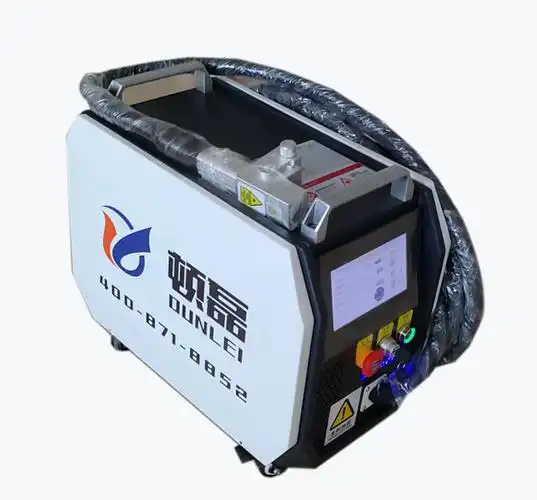
Factors Influencing Power Needs
Choosing the right power depends on your specific needs. Here’s what I’ve learned from years of helping clients select the right machine:
Surface Area and Rust Severity: Larger surfaces or thick rust layers need higher power (1000W–6000W) for efficiency. For small, intricate parts, a 50W–200W pulsed laser is often enough.
Material Type: Thicker, robust metals like steel or cast iron can handle high-power CW lasers. Delicate materials like aluminum or thin sheets require lower-power pulsed lasers to avoid damage.
Cleaning Speed: Higher wattage means faster cleaning. A 3000W machine can clean up to 500mm of surface width per pass, compared to 200mm for a 2000W model.
Budget and Scale: Entry-level machines (50W–200W) are affordable for small shops, while 3000W–6000W systems are for large-scale operations with bigger budgets.
I recall a client who ran a small automotive repair shop. He started with a 100W pulsed laser for cleaning engine parts, which worked perfectly for his scale. As his business grew, he upgraded to a 1500W CW laser to handle larger components faster. His experience underscores the importance of aligning power with your workload.
Practical Considerations Beyond Power
While power is a big factor, it’s not the only one. Here are some practical insights from my years in the field:
Portability: High-power machines (3000W–6000W) are often bulky, weighing 500+ pounds, and require robust power supplies (e.g., 220V single-phase or three-phase). Lower-power units (50W–200W) can be backpack-sized or battery-powered for outdoor use.
Cooling Systems: High-power lasers need advanced cooling (water or air chillers) to prevent overheating. I’ve seen poorly maintained cooling systems cause machine downtime, so regular maintenance is key.
Safety: Lasers, especially high-power ones, require strict safety protocols. Operators need protective glasses, and some setups need enclosed systems or dust extraction to handle vaporized rust particles.
Cost: Prices range from $5,000 for a 100W pulsed laser to over $100,000 for a 6000W CW system. Factor in electricity costs, as high-power lasers can spike your bill.
I once visited a factory where a 2000W laser was left running without proper cooling maintenance. The machine overheated, and repairs cost thousands. A simple maintenance schedule could have prevented it. Always check the cooling system and follow the manufacturer’s guidelines.
Real-World Applications and Power Choices
To give you a sense of how power translates to real-world use, here are some scenarios I’ve encountered:
Automotive Restoration: A 200W–500W pulsed laser is ideal for cleaning rust off classic car parts without damaging thin metal. I’ve seen a 200W machine strip a rusty fender to bare metal in minutes, ready for painting.
Industrial Maintenance: For large steel structures like bridges or ship hulls, a 3000W–6000W CW laser is the go-to. I worked with a shipyard that used a 6000W system to clean rust off a 100-meter hull in a single shift.
Precision Manufacturing: In aerospace or electronics, where precision is critical, 50W–200W pulsed lasers are preferred. A client in aerospace used a 100W laser to clean titanium alloy parts without affecting tolerances.
Each application demands a different power level, so think about your specific needs before investing.
The Future of Laser Rust Removal Power
Looking ahead, I expect laser technology to keep evolving. Manufacturers are already experimenting with higher-power systems (potentially exceeding 6000W) for niche applications, but these aren’t yet mainstream due to cost and practicality. Advances in cooling and miniaturization might also bring high-power systems into more compact, affordable packages. I’ve heard whispers at industry trade shows about prototype 8000W systems, but they’re still in testing phases and not commercially available.
For now, 6000W remains the practical ceiling for most users. If your needs don’t require such high power, a 1000W–2000W machine offers a great balance of cost, speed, and versatility for most industrial or workshop settings.
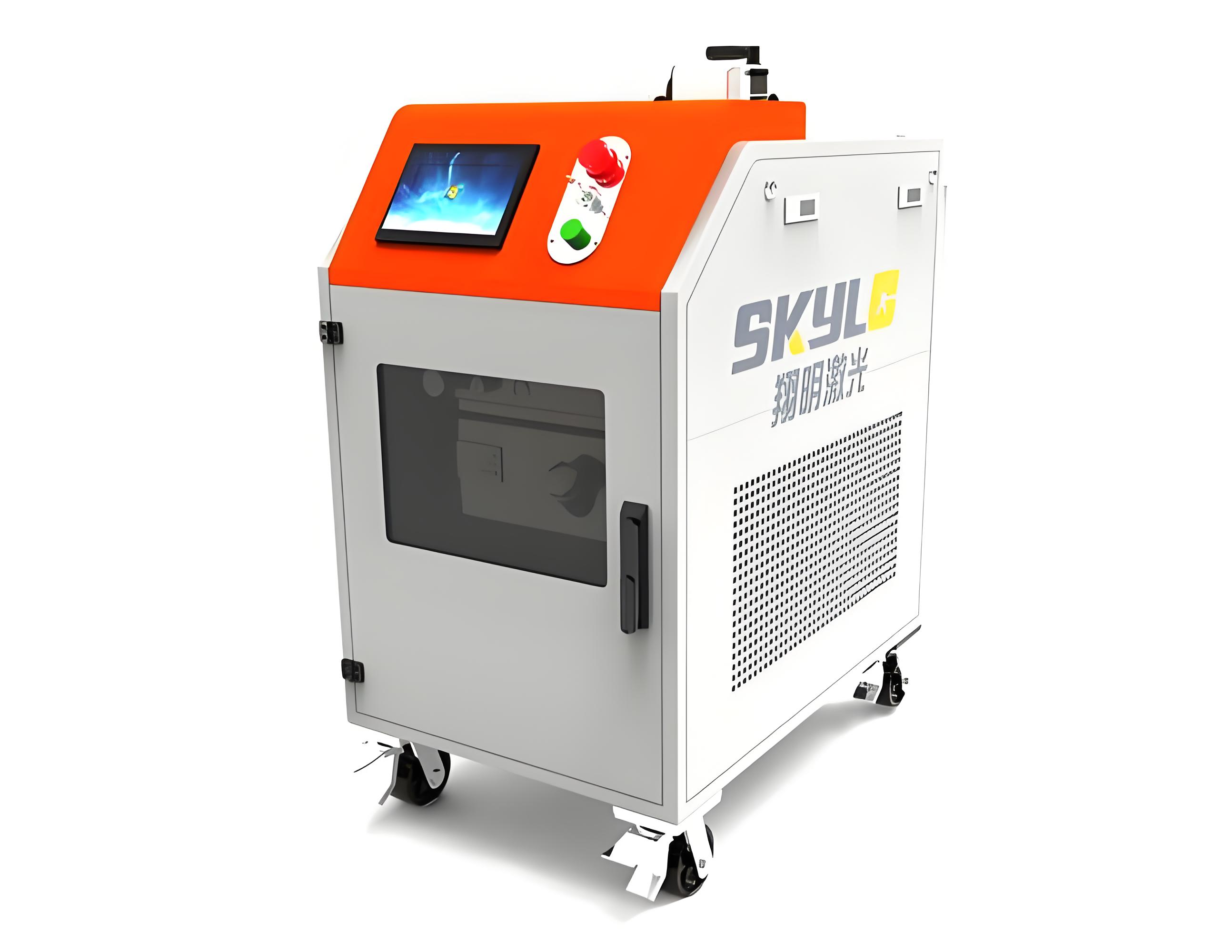
My Advice for Choosing the Right Machine
If you’re considering a laser rust removal machine, here’s my take based on years of helping clients make smart purchases:
Assess Your Needs: Are you cleaning small, delicate parts or large, rusty structures? This will guide your power choice.
Test Before You Buy: Many suppliers offer demos. I always recommend testing a machine on your material to see how it performs. I once saved a client from buying a 1000W CW laser for thin aluminum parts by demoing a 200W pulsed laser instead.
Consider Long-Term Costs: High-power machines save time but increase electricity and maintenance costs. Factor these into your budget.
Check After-Sales Support: A reliable supplier with good support can save you headaches. I’ve dealt with clients stuck with cheap machines from unreliable vendors—no parts, no service. Stick with reputable brands like CleanLASER or LasersOnly.
Safety First: Ensure your team is trained on laser safety. High-power lasers are no joke—improper use can cause burns or eye damage.
Conclusion: Power Meets Purpose
The maximum power of a laser rust removal machine in 2025 is 6000W, but the right choice depends on your specific needs. Whether you’re a small shop owner cleaning vintage car parts or a factory manager tackling massive steel structures, there’s a machine out there for you. My years in the industry have taught me that power is just one piece of the puzzle—precision, safety, and long-term costs matter just as much. Take the time to evaluate your requirements, test the equipment, and invest in a machine that aligns with your goals. If you do, you’ll be amazed at how laser technology can transform your rust removal process.
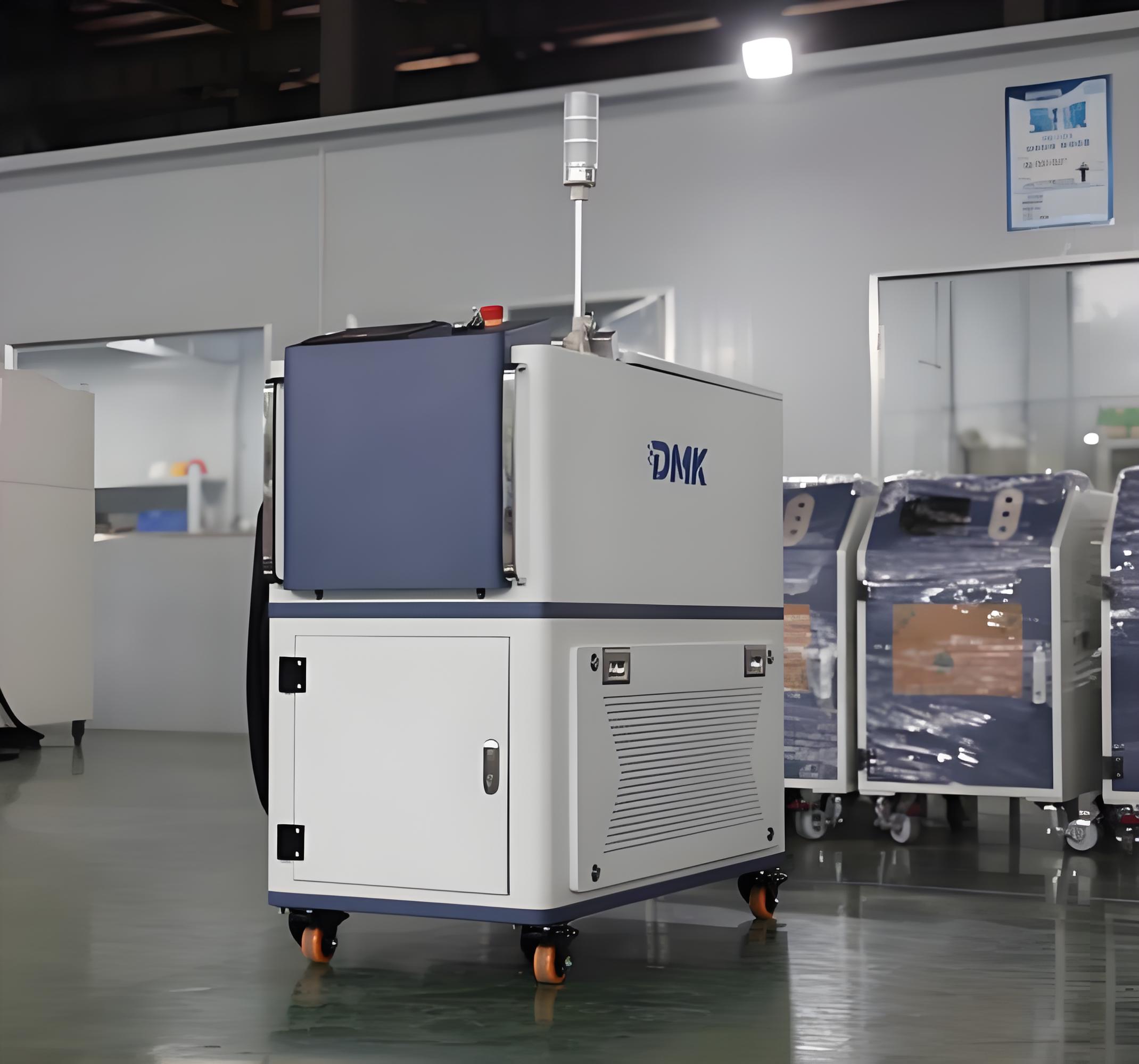
Related Questions and Answers
Q: Is a higher-power laser always better for rust removal?
A: Not necessarily. Higher power (e.g., 3000W–6000W) is great for large surfaces or thick rust but can damage delicate materials. For precision work, a 50W–200W pulsed laser is often better.
Q: Can a 6000W laser rust removal machine be used for small parts?
A: It’s overkill for small parts and could cause damage due to excessive heat. For small or intricate items, stick with 100W–500W pulsed lasers for better control.
Q: How safe are high-power laser rust removal machines?
A: They’re safe when used correctly, but you need protective glasses and, for high-power systems, enclosed setups or dust extraction. Always follow safety protocols to avoid burns or eye damage.
Q: Are there affordable laser rust removal machines under $10,000?
A: Yes, entry-level models (50W–200W) start around $5,000–$10,000. They’re great for small shops but limited in speed and scale compared to higher-power options.
Q: How does laser rust removal compare to sandblasting?
A: Laser cleaning is cleaner, more precise, and eco-friendly, with no consumables or mess. Sandblasting is cheaper upfront but generates dust, requires cleanup, and can damage surfaces.

